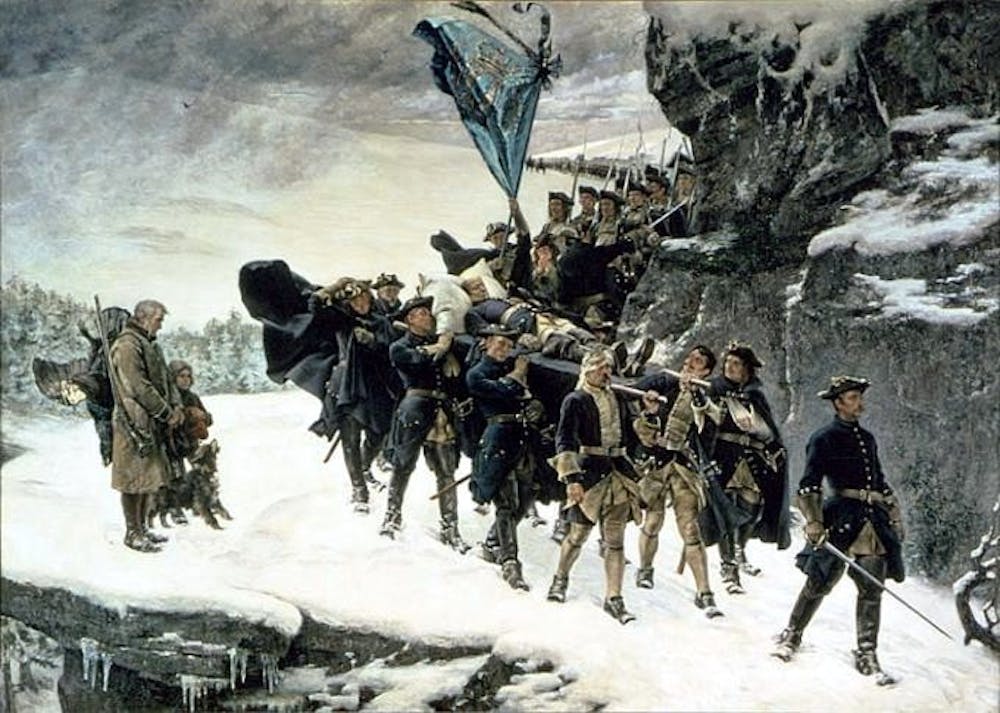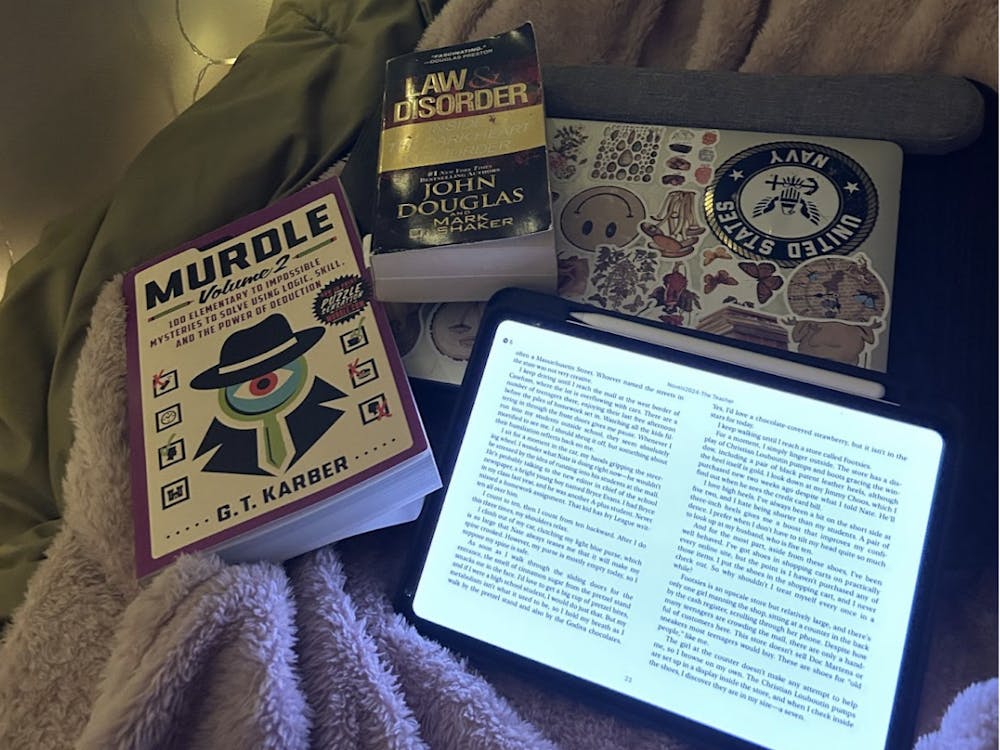
In Europe in the 17th and early 18th centuries, Sweden was a great power. Isn’t that hilarious?
At the time, Sweden was led by the young Charles XII. At age eight, he killed three deer in one day. At age 15, he was king of the Swedish Empire. At age 17, he was found hungover one morning with his cousin, the Duke of Holstein-Gottorp, along with a dead bear that fell out of a window because it drank too much Spanish wine the previous night. Charles was a pretty interesting guy.
Then Russia, Denmark-Norway, Poland and Saxony declared war on Sweden because Sweden’s power annoyed them. Thus began the Great Northern War. Charles XII actually turned out to be a damn fine military commander and wrecked all the countries for a while. Except then the Russians took out their secret weapon of burning everything around them and waiting for the winter, which screwed over the Swedish forces.
After the definitive defeat of the Swedish at the Battle of Poltava in 1709, Charles was about 2,700 kilometers away from Sweden, according to Google Maps, so he needed somewhere to go. Luckily for him, the Ottoman Empire had disliked Russia since time immemorial so Charles XII received the hospitality of Sultan Ahmed III and fled to the town of Bender in the modern country of Moldova. So then Charles XII of Sweden stayed in the Ottoman Empire for the next three years, overstaying his welcome. Historian Robert Massie describes the following events as “one of the most bizarre martial episodes in European history.” These events are known as the “Kalabaliken i Bender” which I have translated from Swedish as “the clusterf*ck at Bender.”
In the days leading up to Jan. 31, 1713, there were rumors in the Swedish camp that a local Ottoman ruler was going to order Ottoman forces to forcibly remove Charles and his Swedes to Poland. Not wanting this to happen, Charles sent pleas to the Sultan which were never received. Meanwhile, the Sultan had arranged for a ship by the Mediterranean to bring Charles back to Sweden. In this quagmire of misunderstanding, Charles and his 40 Swedes began fortifying their ramshackle camp with furniture barricades and piles of dung. The next morning, the Swedes awoke to the Ottoman Turks firing cannon balls and then just standing around.
Now, there are some conflicting accounts as to why this occurred. One account said that the Turks admired Charles so they refused to charge the Swedish camp. Another account said there was a triple rainbow all the way across the sky so no one attacked. Basically, everyone just stood around for the remainder of Jan. 31, 1713.
The following day was a Sunday, and being the devout Christian he was, Charles XII began his day with religious services until he was interrupted by cannon fire and a mass of swarming Turks and Tartars yelling and waving swords. Both sides were given orders not to kill, but there still was killing going on because people were waving swords and guns.
The Turks filed into Charles’s house and started looting. Feeling insulted, Charles fought with such vigor that he and his men were able to fend off all the Turks that were in the house. Adjusting their strategy, the Turkish forces decided to launch flaming arrows at the house where all the Swedes were barricaded in. The Swedish then fought the resulting fire with their swords which was and still is the best way to fight a fire.
Surprisingly, their swords weren’t effective enough to put out the fire. After the house was half burnt down, Charles and his forces ran out of the house and tried to run into a barn except they were then tackled by the awaiting Turkish forces and thus the skirmish of Kalabalik ended.
To summarize, roughly 10,000 Turks fought roughly 100 Swedes and their king for about a day and a half while they were all supposed to be allies. In the end, there were around 40 deaths on the Turkish side and 12 on the Swedish side.
After this event, the Swedes have used the word “kalabalik” to describe a great disorder while the Turks use the word to simply describe a crowd. Is this at all relevant to modern times? No, it is not, but at least now you know the historical context to a Swedish word.





